Digital printing mainly uses computer-assisted printing software, and the image is digitally processed and transmitted to the machine. Control the printing software on your computer to print the image onto the textile. The advantage of digital printing is that it responds quickly and does not require plate making before printing. The colors are beautiful and the patterns are clear. Digital printing enables customized printing and can be produced according to customer needs. Digital printing uses environmentally friendly inks that will not pollute the environment.
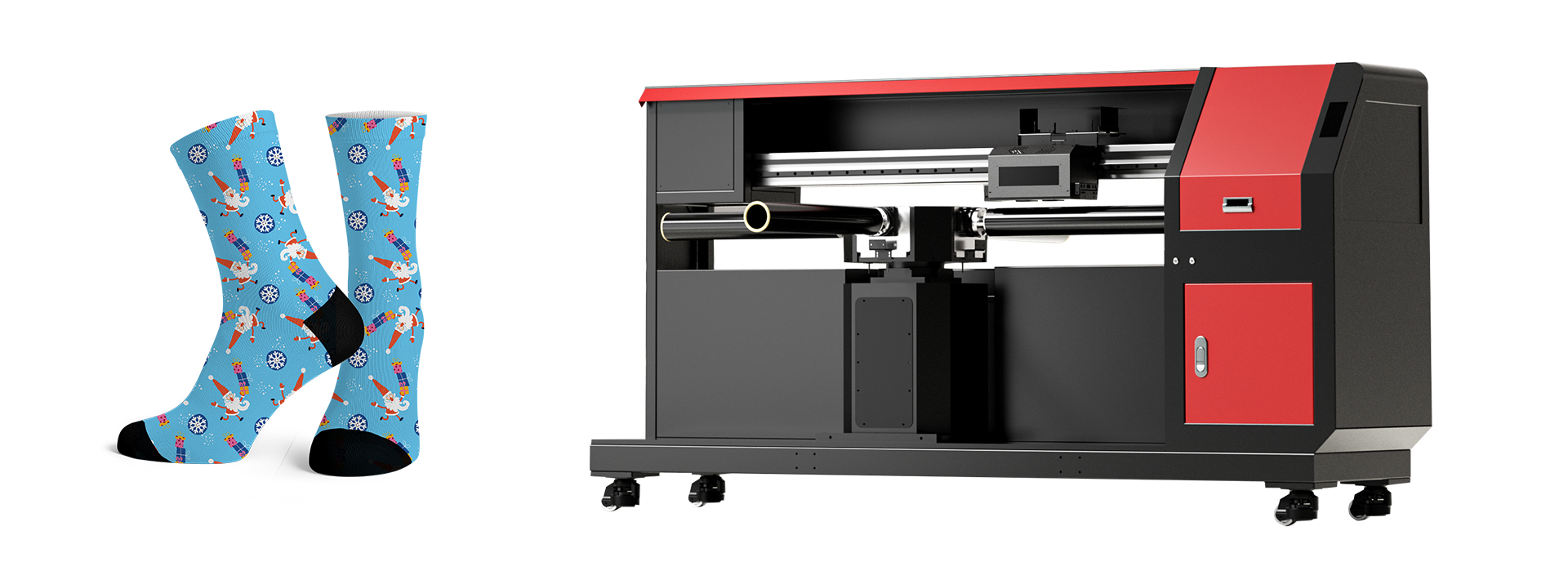
Digitally printed socks have emerged in the past two years. Digital printing is used to make the pattern according to the size and import it into the color management software for RIP. The ripped pattern is transferred to the printing software for printing.
Advantages Of Using Digitally Printed Socks:
- Print on demand: can be customized according to customer needs and can produce personalized products
- Fast sample production speed: digital printing is used to produce samples quickly, without plate making or drawing processing.
- High color reproduction: The printed patterns are clearer, the color reproduction is high, and the colors are bright.
- 360 seamless printing: Digitally printed socks will not have an obvious white line on the back, and the white will not be exposed after being stretched.
- Can print complex patterns: Digital printing can print any pattern, and there will be no extra threads inside the socks because of the pattern.
- Personalized customization: Suitable for personalized customization, can print a variety of patterns
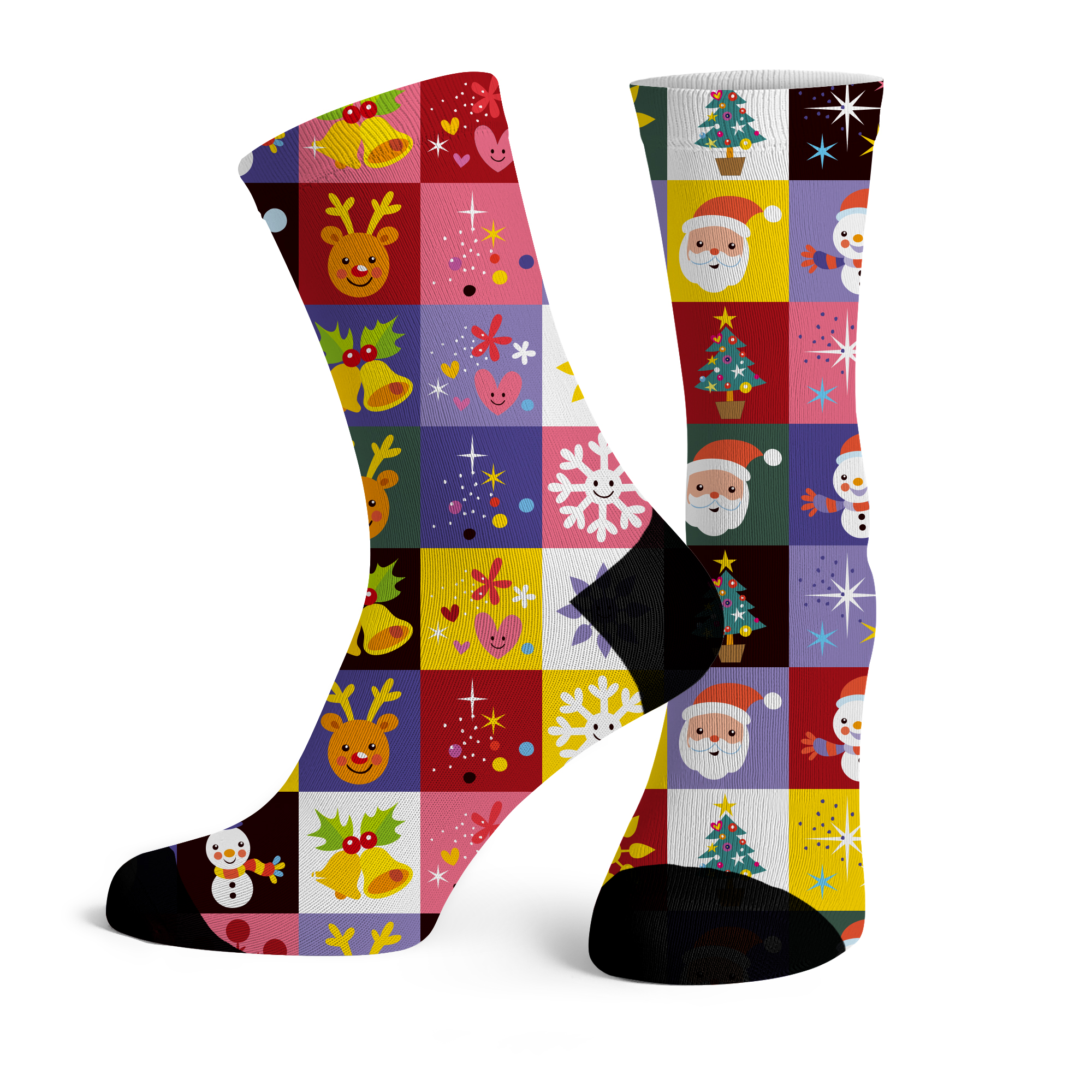
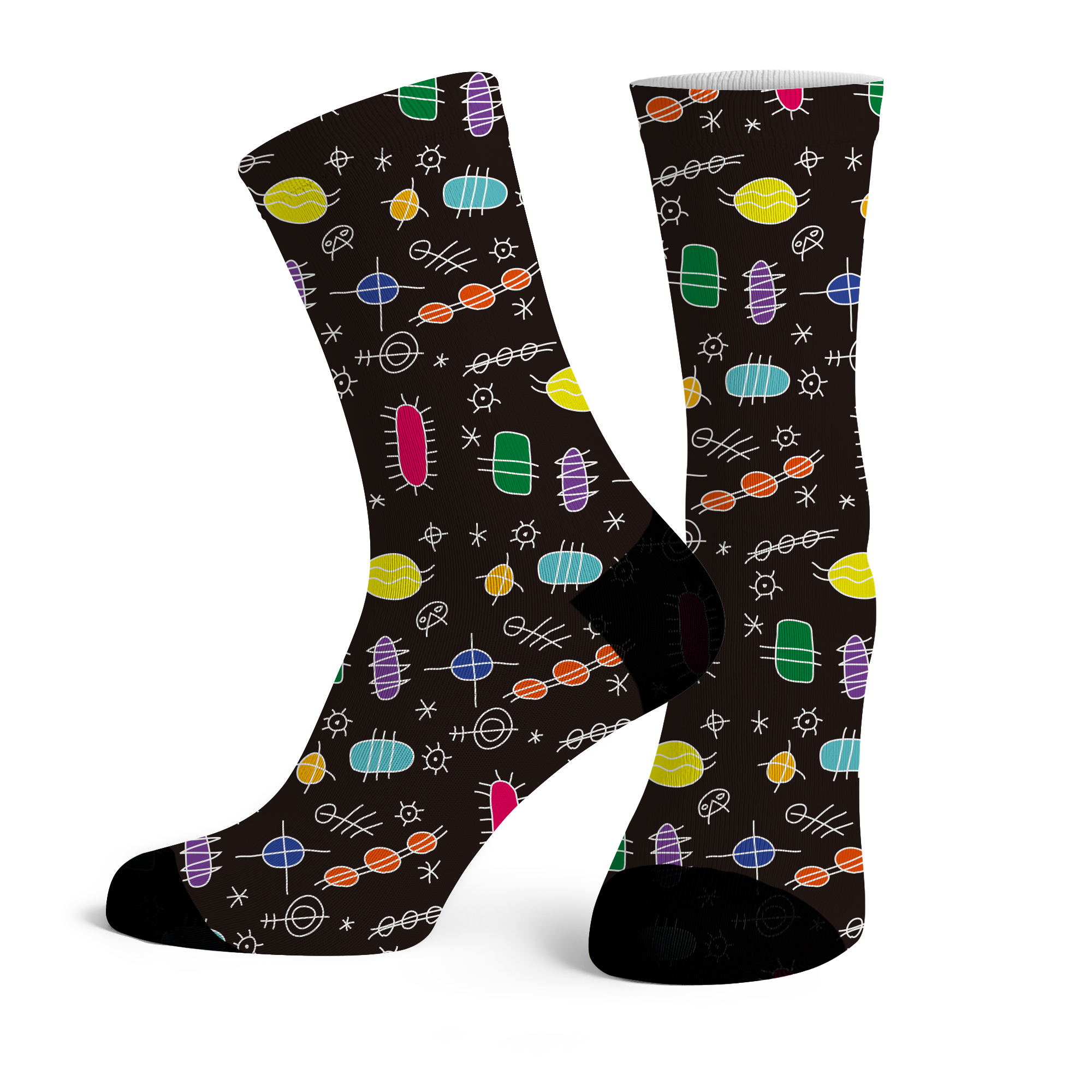
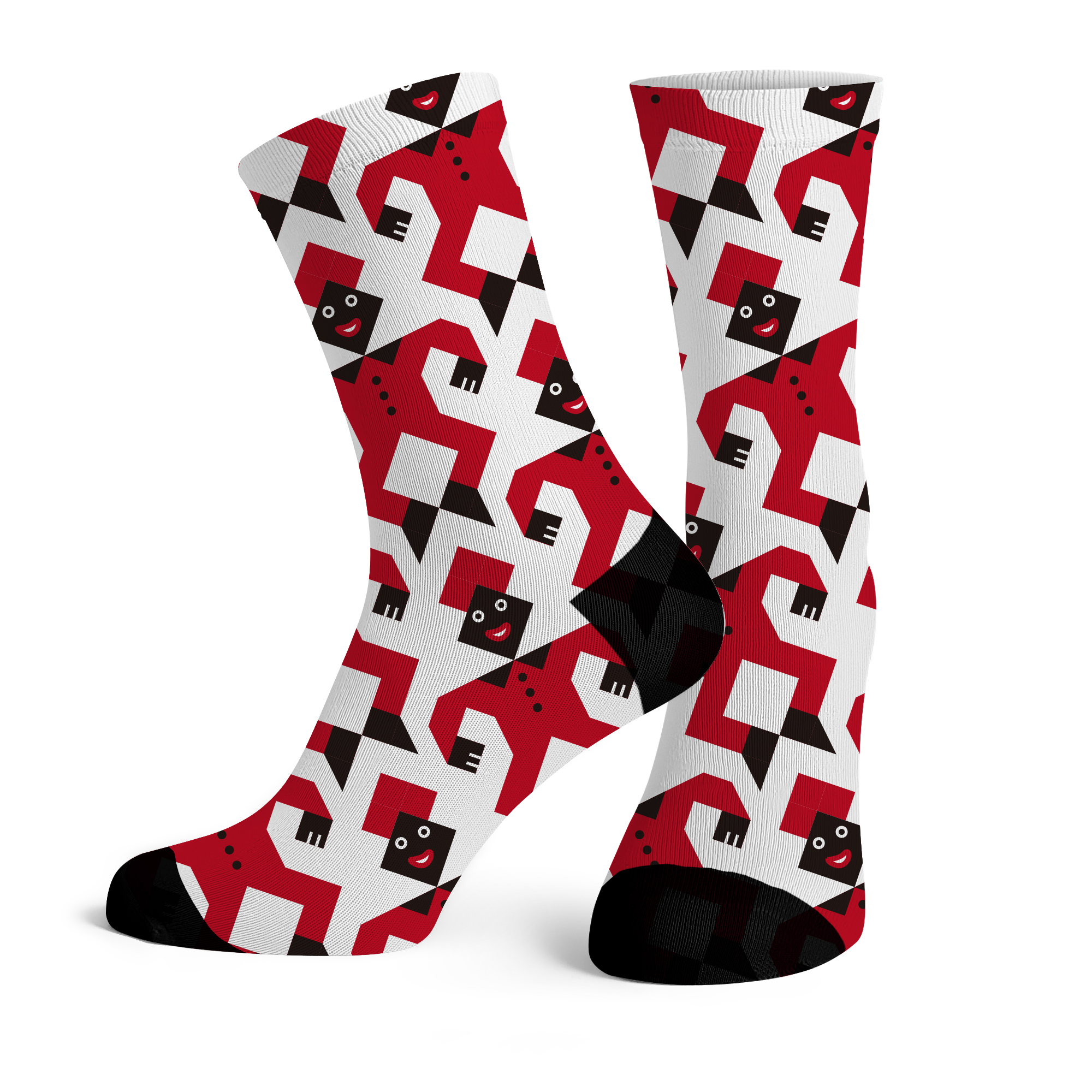
The socks printer is specially designed and manufactured for socks printing. This latest version of the socks printer uses a 4-tube rotation method to print socks, and it is equipped with two Epson I3200-A1 print heads. The printing speed is fast and the printing is continuous without interruption. The maximum production capacity is 560 pairs in 8 hours a day. The rotary printing method is used for printing, and the printed patterns are clearer and the colors are more beautiful.
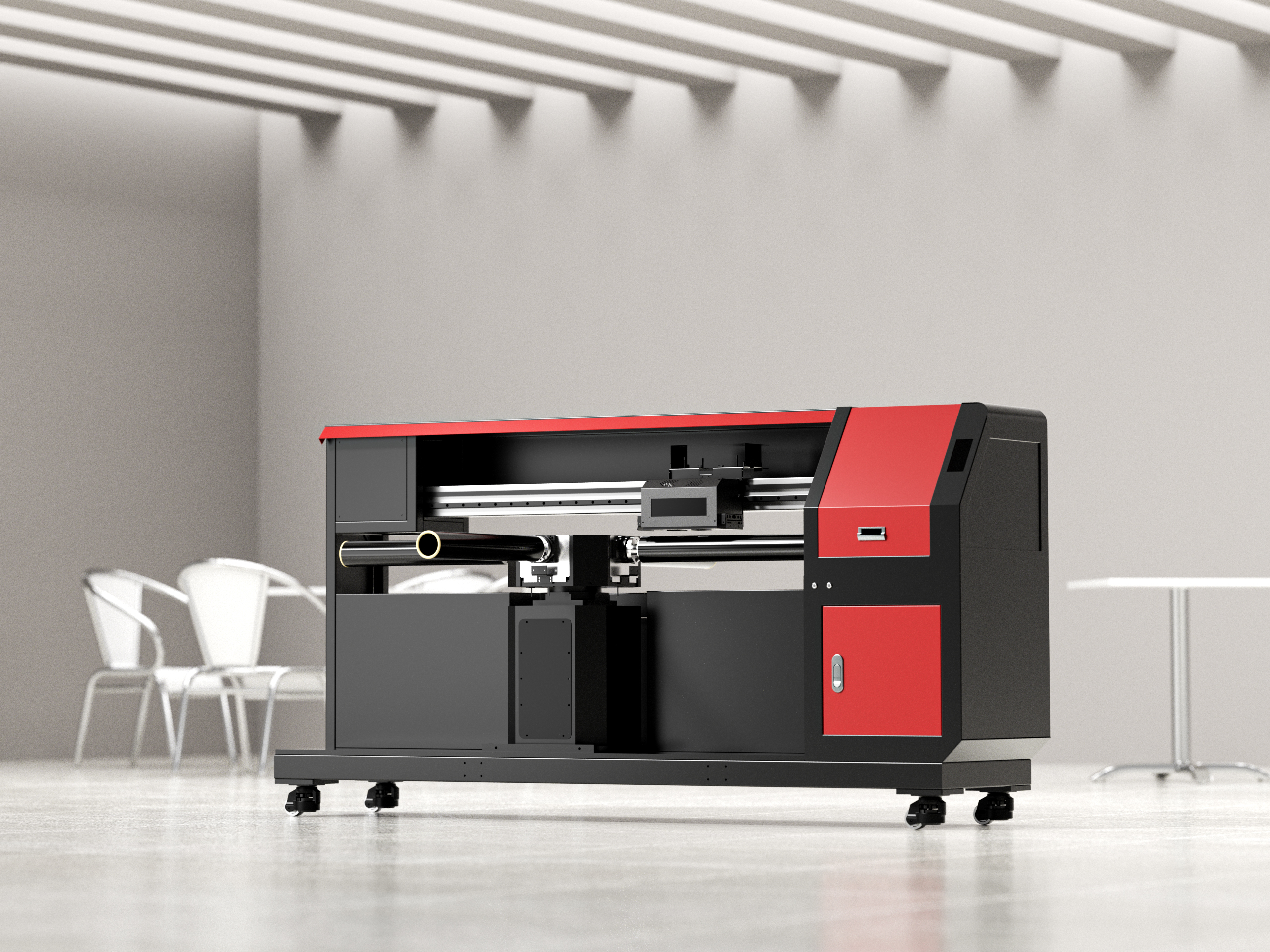
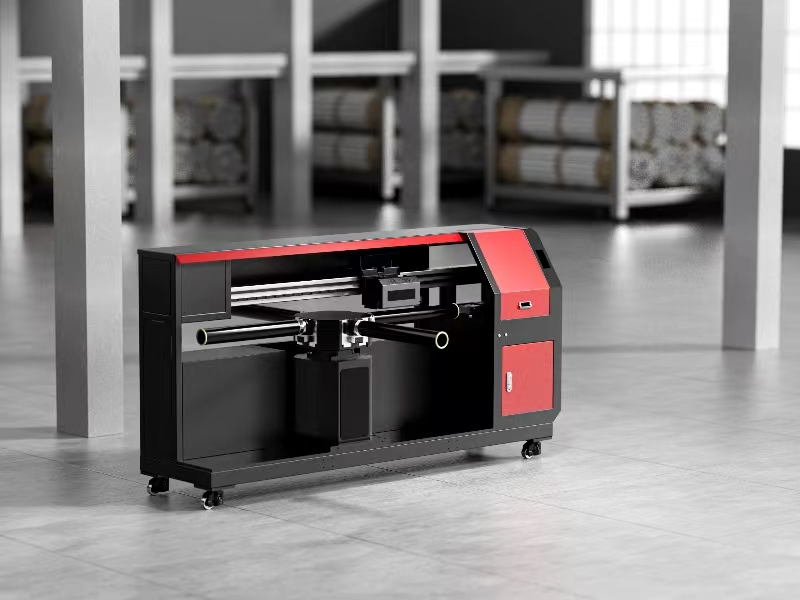
The emergence of socks printers has brought about huge changes in the sock industry. Socks printers can print socks made of polyester, cotton, nylon, bamboo fiber and other materials.
The sock printer is equipped with tubes of different sizes, so the socks printer can not only print socks but also ice sleeves, yoga clothes, wristbands, neck scarves and other products. It is a multi-functional machine.
Socks printers can print socks of a variety of materials depending on the inks they use.
Dispersed ink: polyester socks
Reactive ink: cotton, bamboo fiber, wool socks
Acid ink: nylon socks
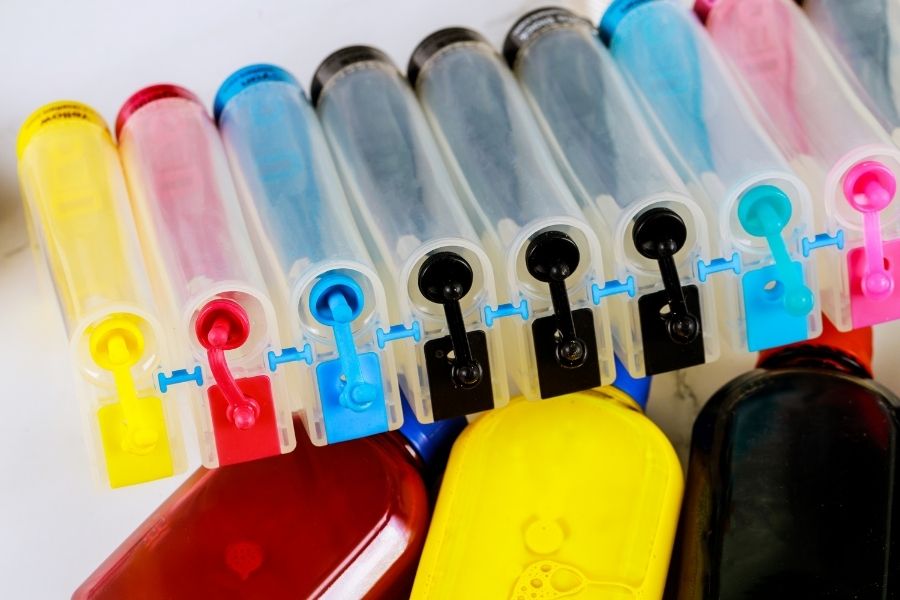
What Is Sublimation Printing
Dye-sublimation printing uses heat energy to transfer ink to fabrics. Dye-sublimation printing products have bright colors, are not easy to fade, and have high color reproduction. Sublimation printing can support high-volume production.
Sublimation Printed Socks
Dye-sublimation printed socks print pictures on special material paper (sublimation paper) and transfer the pattern to the socks through high temperature. The sides of sublimated socks will be exposed due to pressing. Because sublimation printing mainly transfers patterns to the surface of socks, the white will be exposed when the socks are stretched.
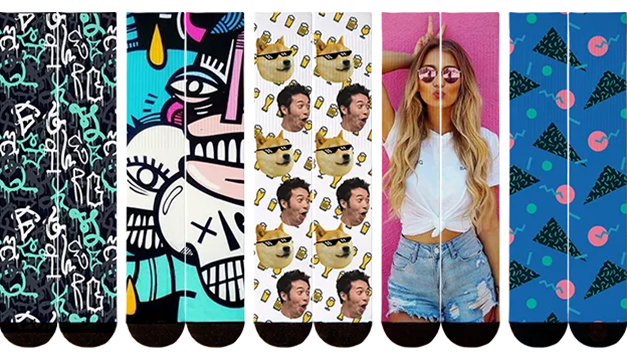
Dye-sublimation uses dispersed ink so it is only suitable for use on polyester materials.
Advantages of using sublimation printed socks:
- Low cost: sublimation socks have relatively low cost and fast production time
- Not easy to fade: socks printed with sublimation printing are not easy to fade and have high color fastness
- Can be produced in large quantities: suitable for making large goods and mass production
Based on the above description, you can choose the printing method that suits you.
Post time: Jan-19-2024
